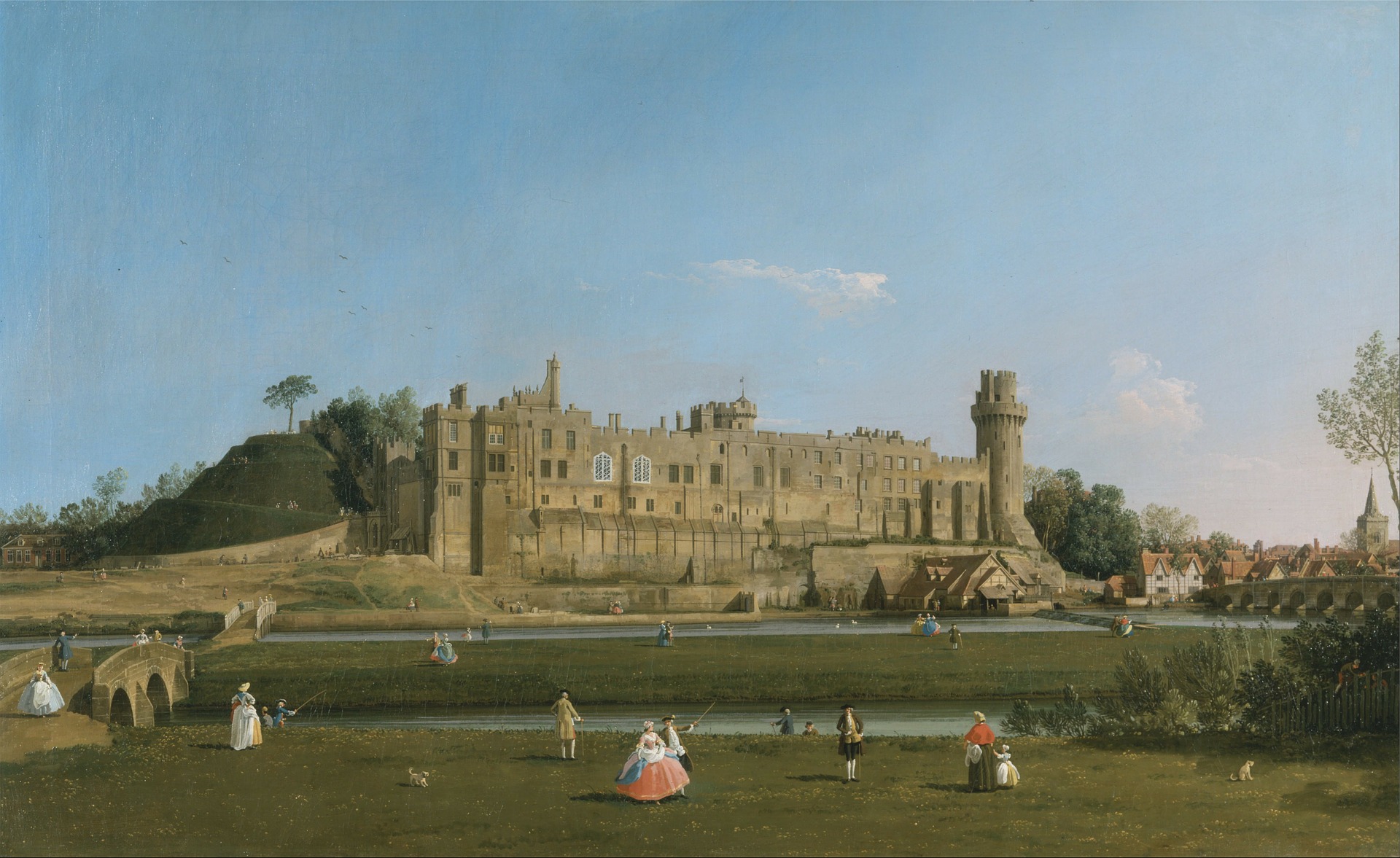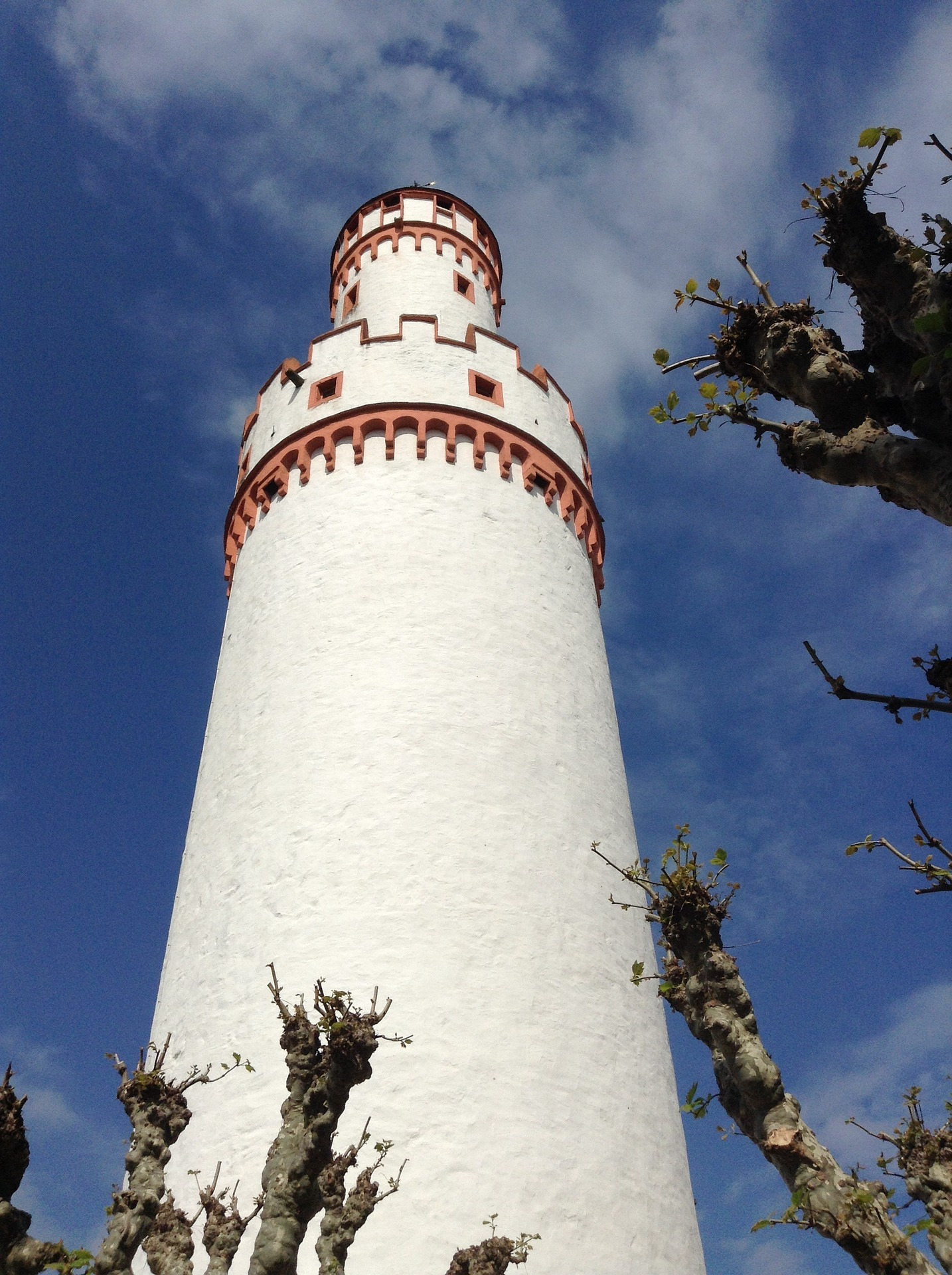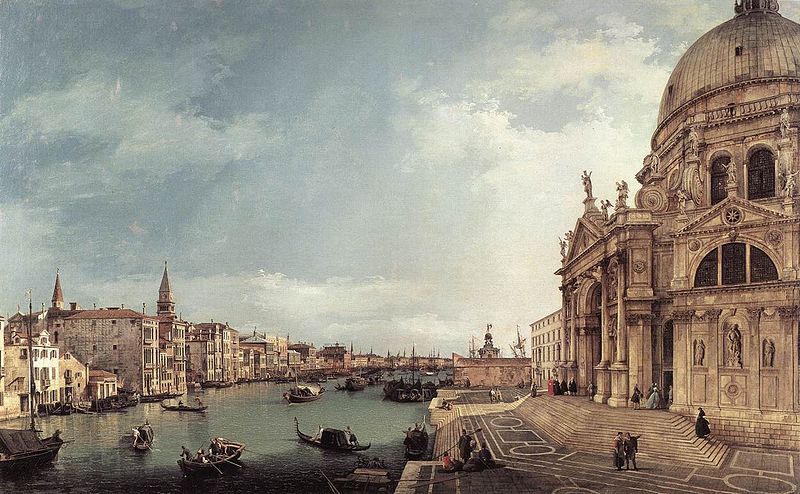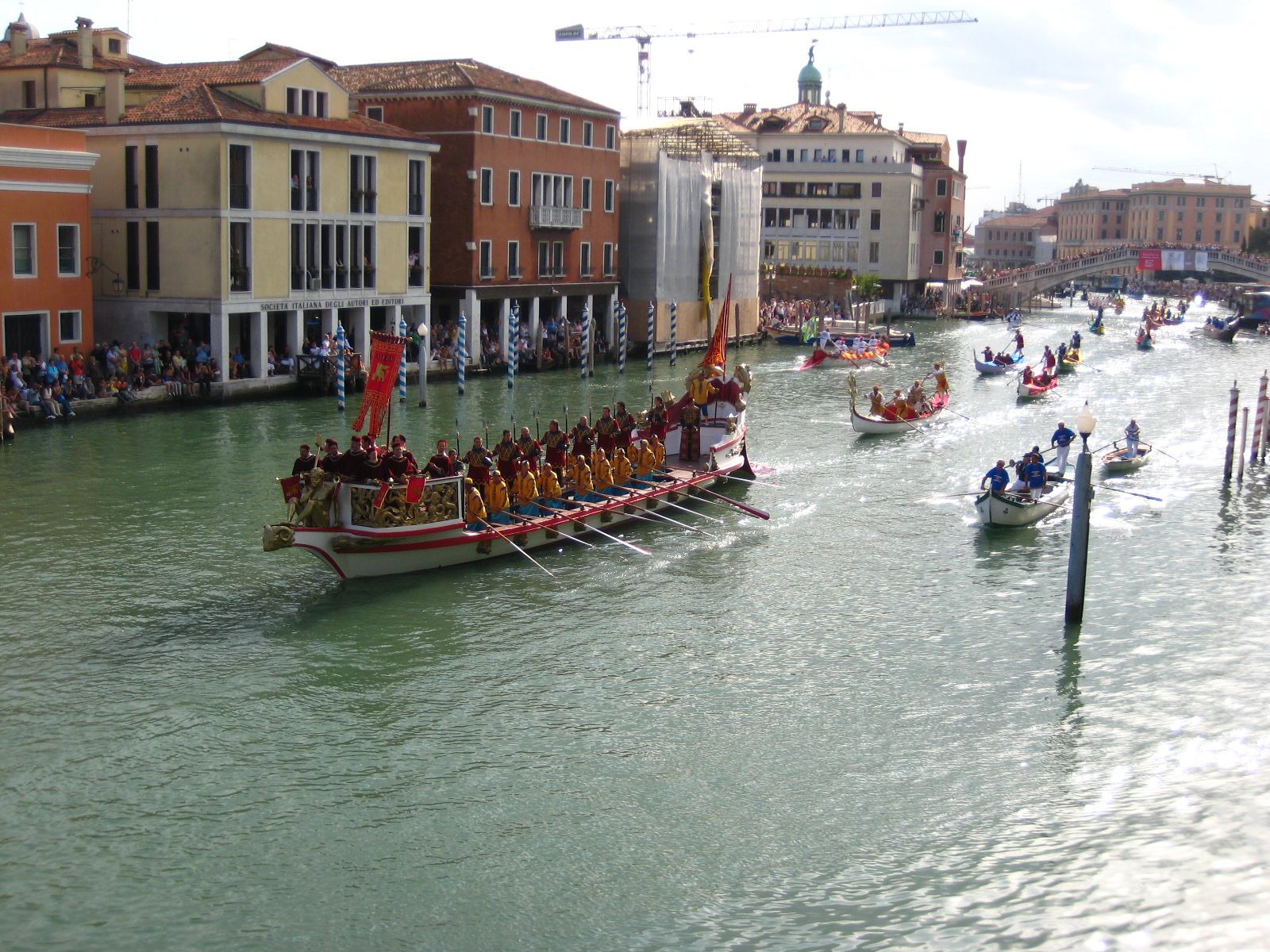Sayth
The diaspora of the people of the sea
During the difficult centuries following the conflagration, part of the inhabitants of the southern part of the Akharmur Empire found refuge in the delta of the river Ridverell. The characteristics of the lagoon allowed these people to organise a defensive line against the goblinoid incursions. The Sayth later came under the influence of the Dragon Empire, a predominantly Kharmian nation that was expanding north and east. The great strategic and territorial organisation of this empire guaranteed, to some extent, protection and prosperity for Sayth people. Only several centuries later did nationalistic political currents develop, aimed at the self-determination of Sayth people and their independence from external influences.
The Republic of Deceit
Among Sayth, it is common to believe that economic success derives from personal merit and, as a result, people who succeed in business are seen as deserving of political trust. Unfortunately, this is often not the case, and the businessmen on the cutting edge are prepared to do everything they can to maintain their position of social prominence. Therefore the social scene among the rich, in Sayth lands, is constantly evolving and those at the top have to constantly watch their backs against opponents, lackeys and wannabes of every sort. However, for members of the lower and middle classes, the Sayth economic system guarantees opportunities rarely available elsewhere, and brave and clever ones can amass vast riches in a short time, but managing to stay on top requires luck, cunning and cynicism.
Wavy hair and tanned skin.
It is not unusual for Sayth to have a rather dark complexion, sometimes due to their genes and sometimes to their seafaring vocation. Among human ethnic groups, they are also the most likely to have naturally curly hair, sometimes in the form of broad waves but more often in tight coils of usually dark hair. Among masculine individuals it is not uncommon to wear a beard or moustache with distinctive styles, such as a goatee or wide sideburns. Among feminine persons it is common to weave strands of hair, usually in colours that enhance the complexion or the eyes. Among jewellery, earrings and piercings are the most frequent and are considered suitable for people of all genders.
Traditional Sayth names
Some first names from the Sayth ethnic group are not often found in other geographical areas, such as Amir, Arres, Behzad, Dusan, Fazil, Hamed, Kazim, Martinus, Stavros, Theodorus in the masculine form, or Androdameia, Dorinda, Elena, Herminia, Jaga, Kallisto, Martina, Negin, Rufia, Sarah, Zorka in the feminine form. However, this list is not exhaustive.
Catch of the day!
At the heart of Sayth culinary tradition is fish. Whether from the sea, the lagoon or the river, it will be present in some of the traditional recipes of these people. Dried in salt or smoked for long journeys, in delicious stews or roasted in everyday cooking. Flavoured with spices, sometimes imported, but easily available in this mercantile city. Among the desserts, mention must be made of Rosa Marina products such as jams and glazed petals.

The art of public appearance
Very few peoples boast of the existence of a manual, among their traditional texts, that indicates to lords and ladies how it is appropriate to appear in public. Yago Noratun around 1950CM wrote a guide for high society members who wished to look splendid in public, this work dictated the fashion canon of Sayth upper class for the following centuries. Velvet and silk brocade were the preferred fabrics, making up wide skirts, shawls and capes for the ladies, short, tight-fitting breeches and navy coats for the gentlemen. Often the hems of these garments could be decorated with lace to highlight their economic value. For gentlemen it is customary to wear a hat outdoors, often a tricorn, but to remove it in the presence of ladies or indoors. A blouse and stockings of fine cotton yarn complete the outfit. In the lower classes, practicality guides clothing choices with waterproof garments for those who go to the seaside, cloth or straw hats to protect from the sun, sturdy fabric cloaks for those who work in the fields or forests.
An unstoppable flood of rough justice

In the regions predominantly populated by Sayth, relations between the population and arcane magicians have been influenced, more than for other ethnic groups, by eruptions of violence and summary justice in the past, an obvious example of which were the riots of Duisg, the 3rd. This may be due to the significant role that the sermons of Theodore Mills played in the development of the nationalistic spirit in these regions. Nowadays, however, relations between the populace and the users of arcane magic have improved, thanks to the efforts of the capital's two magic towers to prevent magical and natural disasters, particularly the water elementalists share with the priests of Lyr and Boann a fundamental role in preventing seasonal flooding during the spring. Among the most worshipped deities are, in addition to Lyr and Boann, Be Chuille, whose inquisition has its headquarters in the capital, Lugh and, on the rise, Fand. The use of traditional magic is much less common than claimed, people often spread rumours to discredit their business competitors by complaining about all sorts of illicit practices, only in some cases these turn out to be real.
Stages of legend
The theatrical works produced by the Sayth people are renowned throughout civilised Phaldorya, in that they are not limited to acting but to practically anything that can be performed on a stage. Indeed, the plays of this people include opera, tragedy, comedy, ballet and even choral melody. In addition, their recent collaboration with the gnomes of Mount Comignolo has led to a group of them developing a number of ingenious inventions for the theatre including: systems to improve the already excellent acoustics of theatres, a machine to produce a thick steam and a system, to be fitted into a mask, to amplify the voice of the actors.
For love and in defiance to the sea
The relationship with the sea has played a historically fundamental role for the Sayth people. This has also strongly influenced the recreational and sporting activities that revolve around the sea. Endurance swimming competitions, regattas for sailing boats, diving competitions requiring skill and courage take place at different times of the year. The main event, however, is the Saythian and Lichtian districts regatta, a historical challenge held, on Bonded Shields, in which crews from all the districts of the Pearl compete at the helm of traditional rowed barges.






Comments